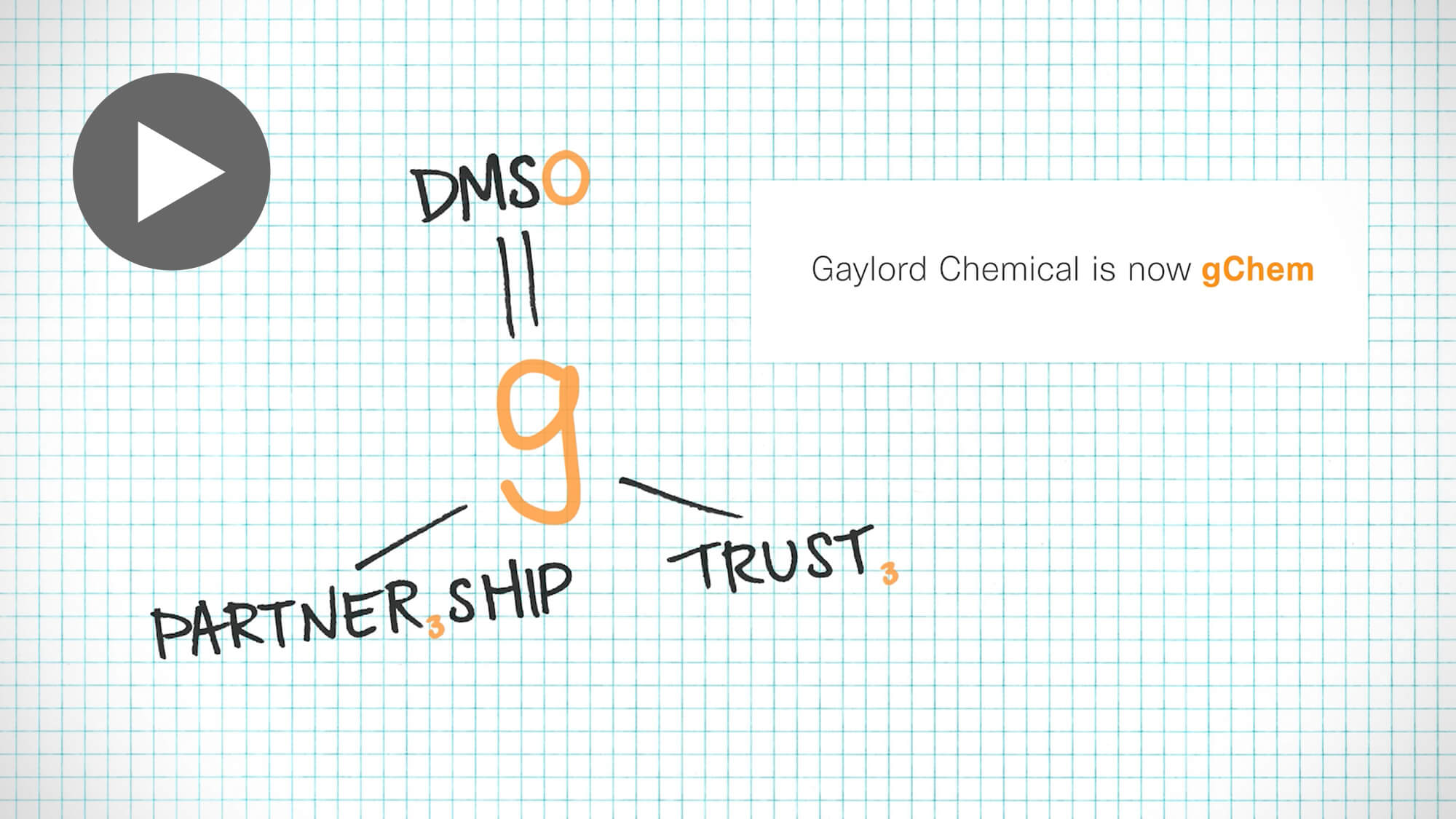If possible, move DMSO drums / IBCs into a warm storage area several days before the date of intended use.
If this is not practical, a band heater can be used to thaw DMSO drums. The use of such heaters is straightforward and they can be purchased from industrial supply companies.
McMaster-Carr, model 35275K31.
Thermalinc, item #LIM-55.
When using band heaters, Gaylord recommends the use of 9 ½” wide Heaters with a 70° to 140° F Thermostat. A built-in thermostat minimizes the potential for overheating, which can damage the drum and possibly lead to a fire.
Suitable heating bands should be approved for use with plastic drums, preferably have a non-adjustable thermostat, and have a recommended power output of 800W.
We recommend that the drums not be heated above a skin temperature of 110ºF. A typical HDPE the drums has a 225ºF temperature rating, but overheating can lead to DMSO decomposition.
It can take several days for frozen material to thaw. A typical thaw time is about 72 hours. Thawing time can be shortened when drums are stored on a pallet while thawing (not directly on a cold floor)







